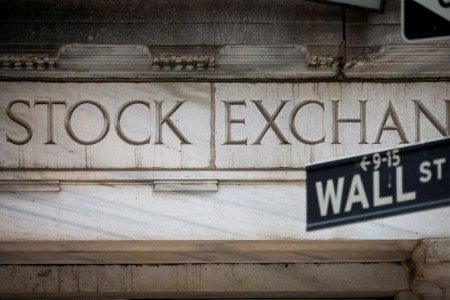Dec 20 – Gold prices were largely unchanged on Wednesday, while traders braced for a slew of economic data due later in the week that could offer fresh clues on the US central bank’s monetary policy path.
Spot gold fell 0.2% to USD 2,035.97 per ounce, as of 2:27 p.m. ET (1927 GMT). US gold futures settled 0.2% lower at USD 2047.7.
The dollar index ticked higher, making bullion less attractive to overseas buyers.
Gold prices should stabilize above USD 2,000 and mostly trade higher considering geopolitical risks in the market, including US elections next year, which could prompt money managers to ramp up gold in their portfolio, said Daniel Pavilonis, senior market strategist at RJO Futures.
At present, “we’re seeing a muted session. As we move into the week, the volume will start to dissipate.”
Last week, the US Federal Reserve indicated its monetary tightening phase was at an end and that rate cuts are on the cards for 2024.
Atlanta Fed President Raphael Bostic on Tuesday said there is no current “urgency” to reduce US interest rates given the strength of the economy.
Lower US interest rates boost the appeal of gold. Markets are pricing in an about 79% chance of a rate cut in March, according to the CME FedWatch tool.
In the near term, gold could trade between USD 1,950 and USD 2,150, with volatility fuelled by macroeconomic data and the correlated expectations about forthcoming US rate cuts and unexpected geopolitical risks, Intesa Sanpaolo said in a note.
“Given our expected macroeconomic outlook, and the significant geopolitical and recessionary risks weighing on the global economy, we think that 2024 could be a positive year for gold.”
Investors waited for a bunch of US economic data this week, including the November core personal consumption expenditure (PCE) index report, the Federal Reserve’s favoured measure of underlying inflation due on Friday.
Silver climbed 1.2% to USD 24.32 per ounce, while platinum added 1.3% to USD 966.35. Palladium fell 0.7% to USD 1,214.72.
(Reporting by Sherin Elizabeth Varghese in Bengaluru; Additional reporting by Daksh Grover; Editing by Shweta Agarwal and Krishna Chandra Eluri)







 DOWNLOAD
DOWNLOAD









